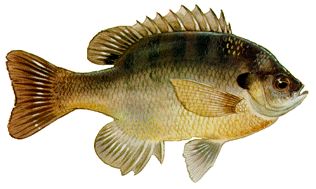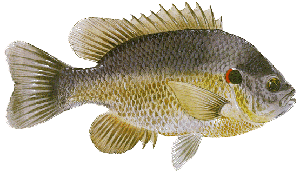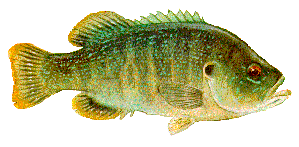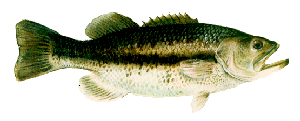- There is no single unique character that separates living things from nonliving things -- you always run into a "gray area" (more cases of this will turn up in class later. . .)
- It's possible that life in some other part of the universe might exist, but be radically different from the kind that we know -- but how might we know that it's "alive"?
- Chemical composition. All life on Earth is made up primarily of four of
the 92 naturally occurring chemical elements: carbon, hydrogen,
oxygen, and nitrogen. (These are abbreviated as CHON)
- About 95% of a typical organism is made up of CHON.
- Many other elements are important in specific roles -- sulfur (S), phosphorus (P), iron (Fe), calcium (Ca), magnesium (Mg), and many more. But these are usually only present in small amounts compared to CHON.
- CHON atoms combine to form an enormous number of large, complex molecules, or macromolecules, that have a huge number of functions. More on these later!
- All of them interact in liquid water -- a very simple molecule which is indispensable for life in many ways.
- Use of matter and energy. All these complex molecules do stuff -- they
interact with each other in complex ways.
- All living things must take in matter from outside that they use to construct their own bodies.
- All living things must also have a source of energy.
- In living things, energy is ultimately stored and released by the forming and breaking of chemical bonds which hold atoms together.
- Plants and plantlike organisms are able to use sunlight as an energy source, and small molecules such as carbon dioxide as sources for their matter. Organisms that live like this are autotrophs.
- Typical animals and animal-like organisms must pick up larger molecules from their surroundings as both a matter source and an energy source. These are heterotrophs.
- The use of energy by living things to build up and break down molecules is collectively known as metabolism.
- Cells. All organisms on Earth are made up of one or more subunits
called cells. (You're made up of roughly ten trillion cells.)
- Basically a cell consist of an outer, flexible cell membrane. . .
- . . . . a fluid within the cell membrane, the cytoplasm. . .
- . . . . and various internal compartments and structures that do various
things, called organelles. We will cover organelles in much more detail later,
trust me.
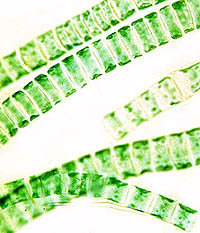
Algae magnified about 400x. Click on the image to view a larger image.
In the alga shown above, each filament is a strand of cells, arranged in single file. Inside each cell are some organelles (visible as green spots) called chloroplasts, where photosynthesis takes place.
- Many cells, but not all, contain an organelle that serves as a "command and
control center", called a nucleus.
- This contains the genetic material -- we'll learn later what it is and how it works.
- For now, know that it's a complex substance called DNA which carries information -- it "tells the cell how to be a cell".
- Cells that have a nucleus are called eukaryotes; those that don't are prokaryotes.
- In a true multicellular organism, cells are specialized for different functions. You have roughly 200 different types of cells in your body.
- Reproduction.
- Living organisms have the potential to create copies of themselves.
- What's more, the copies are near-perfect -- organisms can pass on characteristics of themselves to their offspring. More accurately, they transmit information to their offspring. (You look a great deal like your parents.) This is called heredity.
- The copying usually isn't perfect -- changes can and do creep in from one generation to the next.
- Since organisms don't exactly reproduce themselves, the door is open for populations of organisms to change over time in various ways. . . but more about that later. . .
- Ecology.
- No organism lives alone!
- The life of every living thing is influenced, both positively and negatively, both directly and indirectly, by a great many other living things.
- Ecology is the study of how organisms interact with each other and with their external surroundings, or environment.
